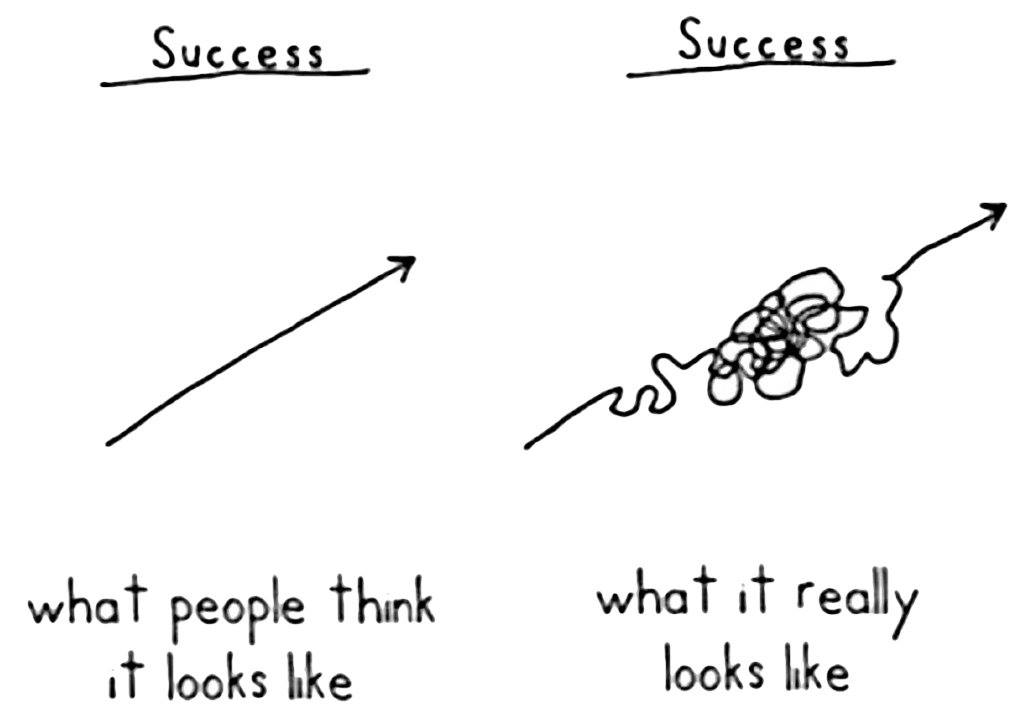During a recent workshop, someone from a non-profit exclaimed “I look at this (legacy) pipeline and expect that every ask is closed before year end”.
Hmmm, we may need to address expectations here! The conversation turned into a friendly reality check about how legacy fundraising works. Fundraisers around the globe experience this problem – unrealistic expectations from senior management.
The biggest question here is “what’s at the root of the problem?”.
Let’s unpack this a little.
Senior management often evaluate a legacy fundraising program in the same way they would with an annual/special appeal, or a digital campaign. Basically, you ask, you wait, you get a donation. Boom all done – move on to the next thing.
But legacies will not play by the rules and boy, oh boy is it ever inconvenient for senior management and the finance team! Projecting income is complicated and inaccurate, budgeting is a nightmare, calculating ROI is just a guessing game, and oh my goodness, what about those pesky donors that may or may not actually include a gift in their will! (all said with a huge dose of tongue in cheek sarcasm 😉). Legacy fundraising looks a little more like this:

Something a mentor once told me years ago has greatly influenced my fundraising work over the years. He said: “our job is not just to inspire donors to make a donation, it’s also to influence those who don’t understand fundraising in our organization by educating them.”
Yikes, what a revelation! Educating our colleagues on the right metrics and KPIs for legacy fundraising is absolutely necessary to avoid the comment I received during the workshop.
So then the question is: what KPIs should you be focusing on if you want to shift the focus away from funds raised. The key here is understanding the difference between a valuable metric and a vanity metric.
Vanity metrics are metrics that make you look good to others but do not help you understand your own performance in a way that informs future strategies. You’ll want to ask the following questions:
-
- What business decision can we make with the metric?
- What can we do to intentionally reproduce the result?
- Is the data a real reflection of the truth?
When it comes to legacy fundraising, funds raised is not a metric that reflects the efforts of the person currently managing the program – it’s the fruit of the labour realized by someone else that was in the position years ago.
To properly evaluate the program and the professional delivering the legacy program, the focus should be, at a minimum, on the following KPIs:
- Number of donor visits/calls: getting to that confirmed legacy pledge requires a lot of personalized attention and that’s mostly done through in-person visits and calls (or virtual calls during COVID lockdown).
- New pipeline leads: basically all those enquirers that ask for information on your legacy program.
- Moves management: every time a donor moves up or down your pipeline stages (i.e.: from enquirer to intender).
- Conversion rate: when a donor confirms their pledge regardless of the stage they were in previously.
If organizations are to focus on these metrics, the legacy program will inevitably yield results. Depending on how sophisticated the organization’s fundraising program is, you may want to focus more on lead acquisition for a determined period of time. In other instances, you may want to focus more on movement and conversion. Regardless of what and when you choose to focus your efforts on, the key is to educate senior management to better understand these metrics so they can support your efforts.
If you want to learn more about this and other ways to better manage your legacy program, our next Online Legacy Bootcamp will begin on May 13. You can reserve your seat right away by registering online today.


